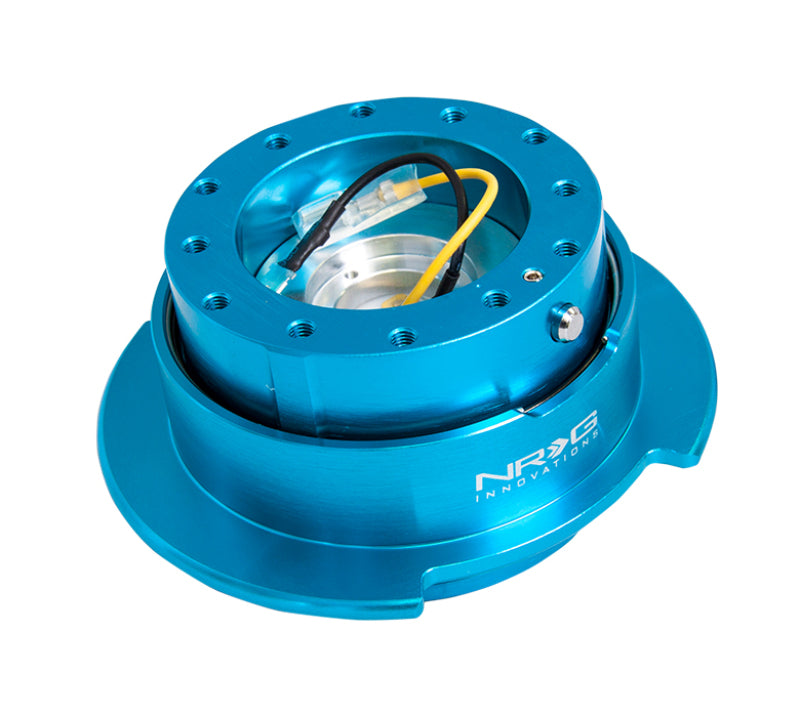

- Chrome ipynb viewer how to#
- Chrome ipynb viewer pdf#
- Chrome ipynb viewer full#
- Chrome ipynb viewer code#

If you can count on always having an Internet connection, you may want to consider using the notebook_connected renderer if notebook size is a constraint. Note: Adding the plotly.js bundle to the notebook adds a few megabytes to the notebook size. This renderer is a good choice for notebooks that will be exported to HTML files (Either using nbconvert or the "Download as HTML" menu action) because the exported HTML files will work without an Internet connection.
Chrome ipynb viewer full#
The full plotly.js JavaScript library bundle is added to the notebook the first time a figure is rendered, so this renderer will work without an Internet connection. This renderer is intended for use in the classic Jupyter Notebook (not JupyterLab). Interactive renderers display figures using the plotly.js JavaScript library and are fully interactive, supporting pan, zoom, hover tooltips, etc. In this section, we will describe the built-in renderers so that you can choose the one(s) that best suit your needs. These functions have been reimplemented using the renderers framework and are still supported for backward compatibility, but they will not be discussed here.

Note: The renderers framework is a generalization of the and functions that were the recommended way to display figures prior to plotly.py version 4. After that, we will describe all of the built-in renderers and discuss why you might choose to use each one.
Chrome ipynb viewer how to#
Next, we will show how to configure the default renderer.
Chrome ipynb viewer code#
These contexts include the classic Jupyter Notebook, JupyterLab, Visual Studio Code notebooks, Google Colaboratory, Kaggle notebooks, Azure notebooks, and the Python interactive shell.Īdditional contexts are supported by choosing a compatible renderer including the IPython console, QtConsole, Spyder, and more. In many contexts, an appropriate renderer will be chosen automatically and you will not need to perform any additional configuration. Second, plotly.py must be running from within an IPython kernel. First, the last expression in a cell must evaluate to a figure. To be precise, figures will display themselves using the current default renderer when the two following conditions are true. With either approach, plotly.py will display the figure using the current default renderer(s). show() method on a graph object figure, or pass the figure to the plotly.io.show function. To display a figure using the renderers framework, you call the. The renderers framework is a flexible approach for displaying plotly.py figures in a variety of contexts. Displaying Figures Using The renderers Framework ¶
Chrome ipynb viewer pdf#
By rendering the figure to a static image file using Kaleido such as PNG, JPEG, SVG, PDF or EPS and loading the resulting file in any viewerĮach of the first three approaches is discussed below.By exporting to an HTML file and loading that file in a browser immediately or later.Using a FigureWidget rather than a Figure in an ipywidgets context.Using the renderers framework in the context of a script or notebook (the main topic of this page).In general, there are five different approaches you can take in order to display plotly figures: Cut off at 150ms because for now that's not a failure case.Plotly's Python graphing library, plotly.py, gives you a wide range of options for how and where to display your figures. # Caculate mean time between failure (MTBF) of "hangs at least as long as X ms". Print_histogram( content_histogram, "content", total_session_length_hours) reduce( add)Ĭontent_histogram = Histogram( "INPUT_EVENT_RESPONSE_MS", aggregated_input_latency_content)

get( "payload/histograms/INPUT_EVENT_RESPONSE_MS_children", None)). Print_histogram( chrome_histogram, "chrome", total_session_length_hours)Īggregated_input_latency_content = data. reduce( add)Ĭhrome_histogram = Histogram( "INPUT_EVENT_RESPONSE_MS", aggregated_input_latency_chrome) get( "payload/histograms/INPUT_EVENT_RESPONSE_MS_parent", None)). format( total_session_length_hours)Īggregated_input_latency_chrome = data. get( "environment/addons/activeAddons", ". get( "environment/settings/e10sEnabled", False) != True:Īddons = p. get( "payload/info/subsessionLength", 0) <= 0: get( "environment/system/os/name", None) != "Windows_NT": From moztelemetry import get_pings_properties, get_one_ping_per_clientįrom moztelemetry.


 0 kommentar(er)
0 kommentar(er)
